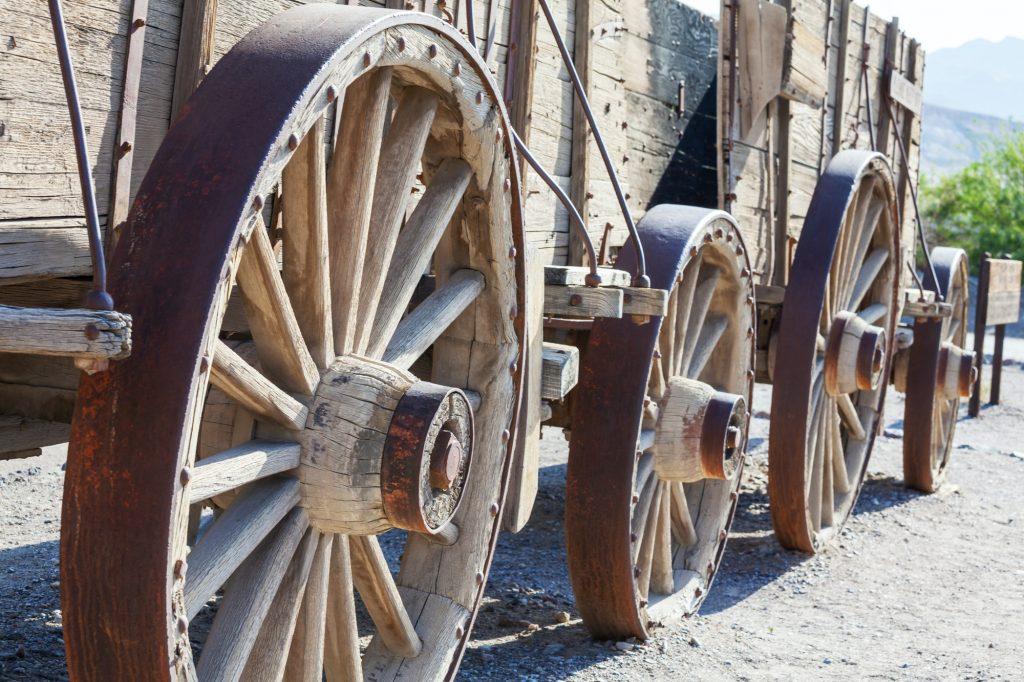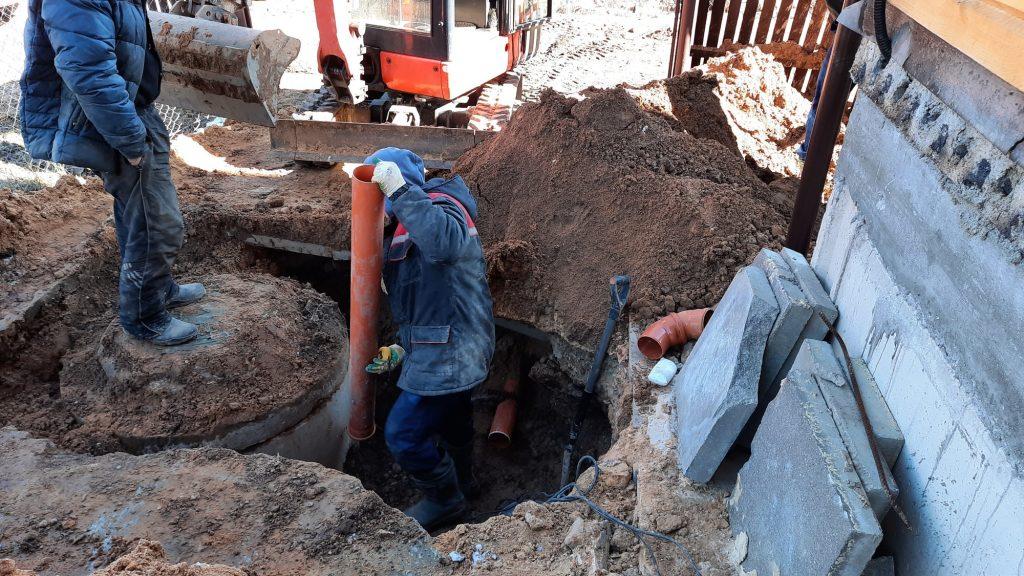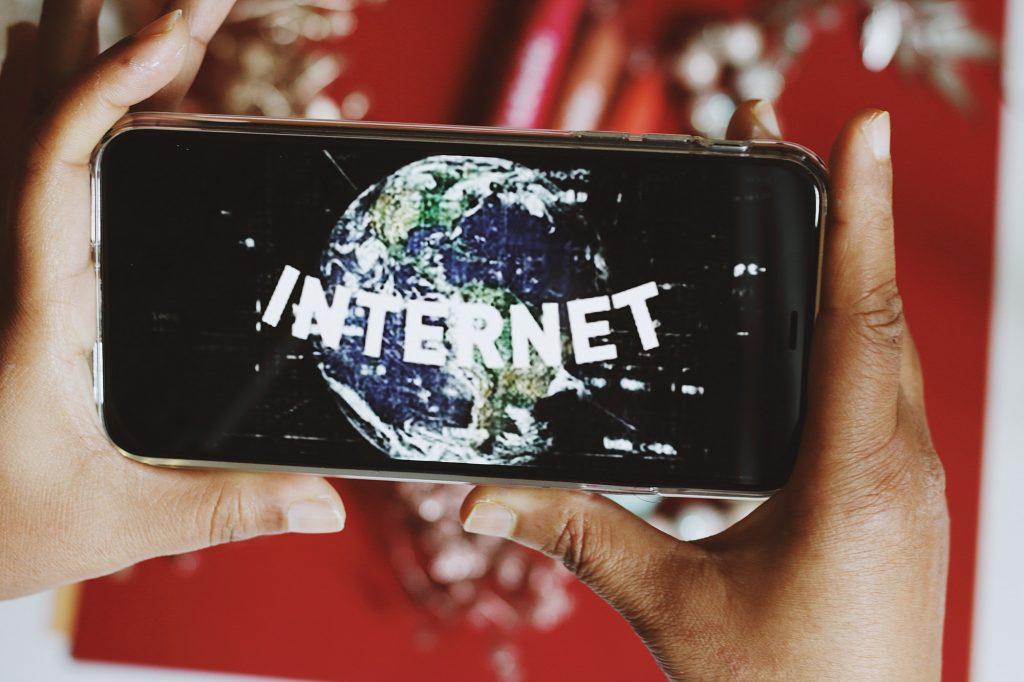Scientific inventions and discoveries have made many things possible, which were once thought impossible in the past and still more potential is expected in the coming days – new techniques, new galaxies, new planets and perhaps existence of life on them, and so on.
Objects of discovery can be things, events, processes, causes, and properties as well as theories and hypotheses and their features. There are a multitude of inventions that modern humans depend on to sustain their existence. Here we are going to talk about some of the greatest scientific breakthroughs that we would find it extremely difficult to live without.
1. Wheel

The wheel has changed the world in incredible ways. Wheels first appeared in ancient Mesopotamia, modern-day Iraq, more than 5,000 years ago. The geometry of something called wheel was unknown to the prehistoric people until they came across the problem of translocating things from one place to another. They discovered circular planks and found for the first time, what a breakthrough they had made for the society.
Early wheels for vehicles were simple wooden disks with a hole for the axle. Some of the earliest wheels were made from horizontal slices of tree trunks. Later, wheels were fitted to carts, which made moving objects around much easier. During the early civilization periods, the wheel helped potters in making fine potteries of different shapes and sizes quickly. It was also used for spinning and weaving.
Therefore, we can say that wheel was probably the most important mechanical invention of all time. Just about all modern mechanical devices use the wheel in some way- cars, buses, bicycles, factory machines, toys, wristwatches, movie reels and more.
2. Blade

It appeared 1.7 million years ago when tools began to be made by human ancestors. Blades are typically made from materials that are harder than those they are to be used on. Another piece of artifact carved using specific geometry, the first knives were invented by humans of prehistoric times and were primarily used as weapons, and tools. But in 2014, Oldowan, which is now recognised as the oldest known knife-like tool proved that blades came into existence up to 2.5 million years ago.
Blade and its iterations as an axe, a knife and so on acted as a breakthrough that literally saved the lives of many people. In fact, new research has shown that blades played the role of a life-saver by just not only allowing humans to eat better but also wear better.
3. Telephone

Alexander Graham Bell, best known for his invention of the telephone, literally revolutionized communication as we know it. To be specific, the telephone was at first neglected by the public but later it made an incredible impact on the society. The impact could be seen through the quickness of communication, business, easier information exchange in wars, and some negative effects too. No longer did people need to be co-located beside each other to be able to converse.
Through the use of the telephone, people could have equally meaningful conversations at a distance, all the while preserving reciprocity. As the telephone network grew, it also expanded the area that a business could reach.
4. Sewage disposal

The Ancient Romans were believed to be the first to tackle the sewage systems, but it took a cholera outbreak for 19th-century London to master them when the Thames was glutted with waste and sewage overflowed in the streets, that former journalist and lawyer Edwin Chadwick decided that an ounce of sanitary prevention was certainly worth the cure of typhus, cholera, influenza and many other nasty germs that came with exposure to sewage.
Although there are remains discovered in Babylon around 4000 B.C of a simple digging in the grounds to concentrate the excreta that was soon to be found in other cities of the empire and in rural areas.
5. Antibiotics

For most of human history, a huge percentage of population on the planet faced the risk of dying in epidemics of bacterial diseases that sometimes ravaged civilizations until a London physician named Dr. Alexander Fleming, who was trying to create an antibacterial agent, noticed that a mold was contaminated inhibiting the growth of a pathogen he was studying in the late 1920s.
Gradually antibiotics, a drug derived from the mold was started to be used in the treatment and prevention of infections caused by strains of bacteria by killing or inhibiting the growth of these bacteria while the body’s natural defences work in parallel to eliminate the infection.
With the introduction of antibiotics, infectious diseases that previously got people killed or severely disabled, was now regarded as easily treatable. To give an example, the survival rate of bacterial pneumonia dramatically increased from 20% to 85% between 1937 and 1964.
6. Food preservation

To survive extreme conditions, our early ancestors had to find a way to make food last through the cold months. These early methods of food preservation enabled ancient man to put down roots and form communities. Food preservation enabled ancient man to live in one place. He no longer had to consume the kill or harvest immediately, but could preserve some for later use. Each culture preserved their local food sources using the same basic methods of food preservation.
A great example of food preservation acting as a life-saver was when during Napoleon‘s troops’ illnesses were bailed out by a man named Nicholas Appert, who was a candy maker, chef and beer brewer, came up with the idea of partially cooking food, sealing it in bottles with cork stoppers and then immersing the bottles in boiling water to expel the air inside since he believed air was the factor that caused it to spoil. The food remained intact and edible even after four months.
7. Internet

The Internet, discovered for the first time in 1965, has revolutionized the computer and communications world like nothing before. All uncertainties suddenly disappeared, washed away from a stream of connectivity.
The Internet can be explained as a network of networks, linking numerous governments, universities and private computers to one another, while providing many services such as E-mail, hypertext documents, instant messages, and data exchanges. It uses many protocols and is the largest network of networks worldwide. It’s interesting to compare how much has changed in computing and the internet since 1969 with, say, how much has changed in world politics.
Since the beginning of the 21st century, the world has been seeing a huge rise in social media and other interactive, crowd-based communication platforms. Some would say, in fact, that the Internet is not just a technology, but a cultural artifact of its own right.
Apart from these breakthroughs, there are thousands of inventions and discoveries that we owe to science, more than anyone else in the world. Let’s cherish the great boons of science we have and eagerly wait for many more that we will come across in the years to come.
Also read:
8 Must Try Exquisite Indian Dishes
Most Popular Podcasts on Spotify to Listen


